Living with Quadriplegia - Kendra’s Story
Written by Amy Muller, Kendra’s Mom
It was four years ago on a beautiful May afternoon when I received a phone call that would change my life. It was about 5:00 in the evening and I was heading out to do a few errands before picking up my daughter from a party. A few hours earlier I had left Kendra at a swim party at her friend’s house. Kendra had fallen off a swing and hurt her head. The friend’s mom said to hurry. I felt a pit in my stomach. I knew this wasn’t just a bump or scrape. This was different.
The fifteen minute drive felt like hours as I hoped and prayed that my suspicion that Kendra was paralyzed wasn’t true. When I pulled up to the friend’s home, I found the place swarming with kids, neighbors, and paramedics.
Kendra had gotten onto a hammock with four friends and the brick column holding up the hammock had collapsed under their combined weight. The bricks came raining down on top of the girls and smashed Kendra’s spinal cord at C-6. She was instantly paralyzed. From that moment on, Kendra had quadriplegia, or neck-down paralysis. She has no use of her hands and no use or feeling of her body below her collar bone.
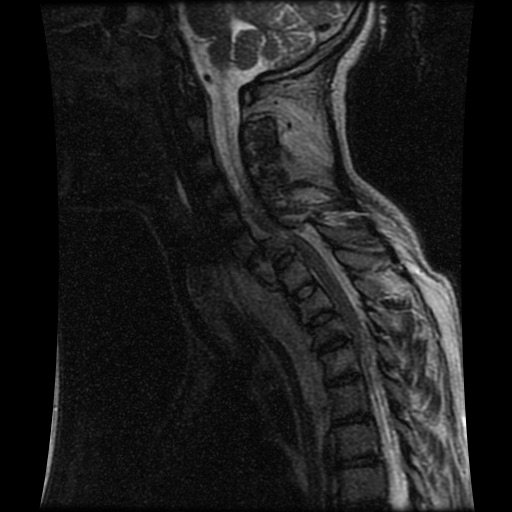 Kendra’s stay at Primary Children’s Hospital began that same evening in the emergency room. The social workers and doctors explained to me that they could not mend a smashed spinal cord and that she would be paralyzed and never walk again. I quickly learned the significance of a cervical spinal cord injury. The most obvious is that her body does not move or feel below her injury. However, this kind of injury can affect all the bodily systems, including the circulatory system (blood pressure and thermo-regulation), the bowel/bladder system, the skeletal system (prone to osteoporosis and scoliosis), the skin (susceptible to pressure ulcers), the brain and emotional system (extreme loss and depression), and the respiratory system (inability to cough or sneeze due to a paralyzed diaphragm)—just to name a few.
Kendra’s stay at Primary Children’s Hospital began that same evening in the emergency room. The social workers and doctors explained to me that they could not mend a smashed spinal cord and that she would be paralyzed and never walk again. I quickly learned the significance of a cervical spinal cord injury. The most obvious is that her body does not move or feel below her injury. However, this kind of injury can affect all the bodily systems, including the circulatory system (blood pressure and thermo-regulation), the bowel/bladder system, the skeletal system (prone to osteoporosis and scoliosis), the skin (susceptible to pressure ulcers), the brain and emotional system (extreme loss and depression), and the respiratory system (inability to cough or sneeze due to a paralyzed diaphragm)—just to name a few.
Survival
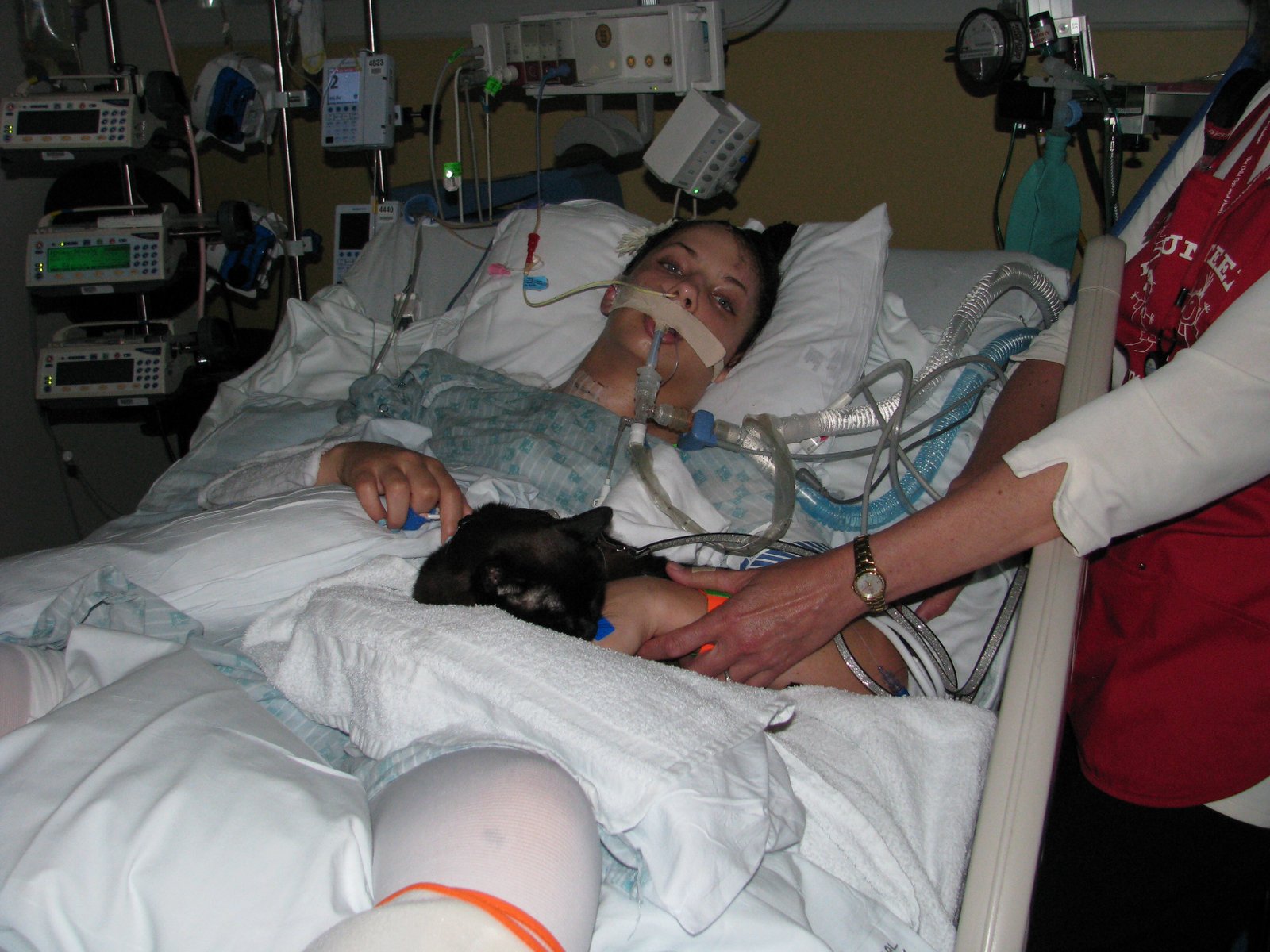 During the first month in Primary Children’s Intensive Care Unit (the PICU), we did not know if Kendra would live or die. Most people with a cervical spinal cord injury do not survive the first 30 days following their injury. Teams of doctors, therapists, and nurses gathered constantly to discuss what they should do next to give her the best chance of survival. Kendra struggled day and night to hang on to life.
During the first month in Primary Children’s Intensive Care Unit (the PICU), we did not know if Kendra would live or die. Most people with a cervical spinal cord injury do not survive the first 30 days following their injury. Teams of doctors, therapists, and nurses gathered constantly to discuss what they should do next to give her the best chance of survival. Kendra struggled day and night to hang on to life.
She could not speak due to the intubation in her throat that gave her air to breathe. She could not use her hands to give us signals because her hands were paralyzed and limp. She could move her head and we could see the terror and pain in her eyes. From the amount of bricks that fell on her and the many long lacerations on her scalp, we knew there was a high probability that her brain was injured. She endured many painful hours as my friend and I worked to untangle the pebbles and blood from her long brown hair.
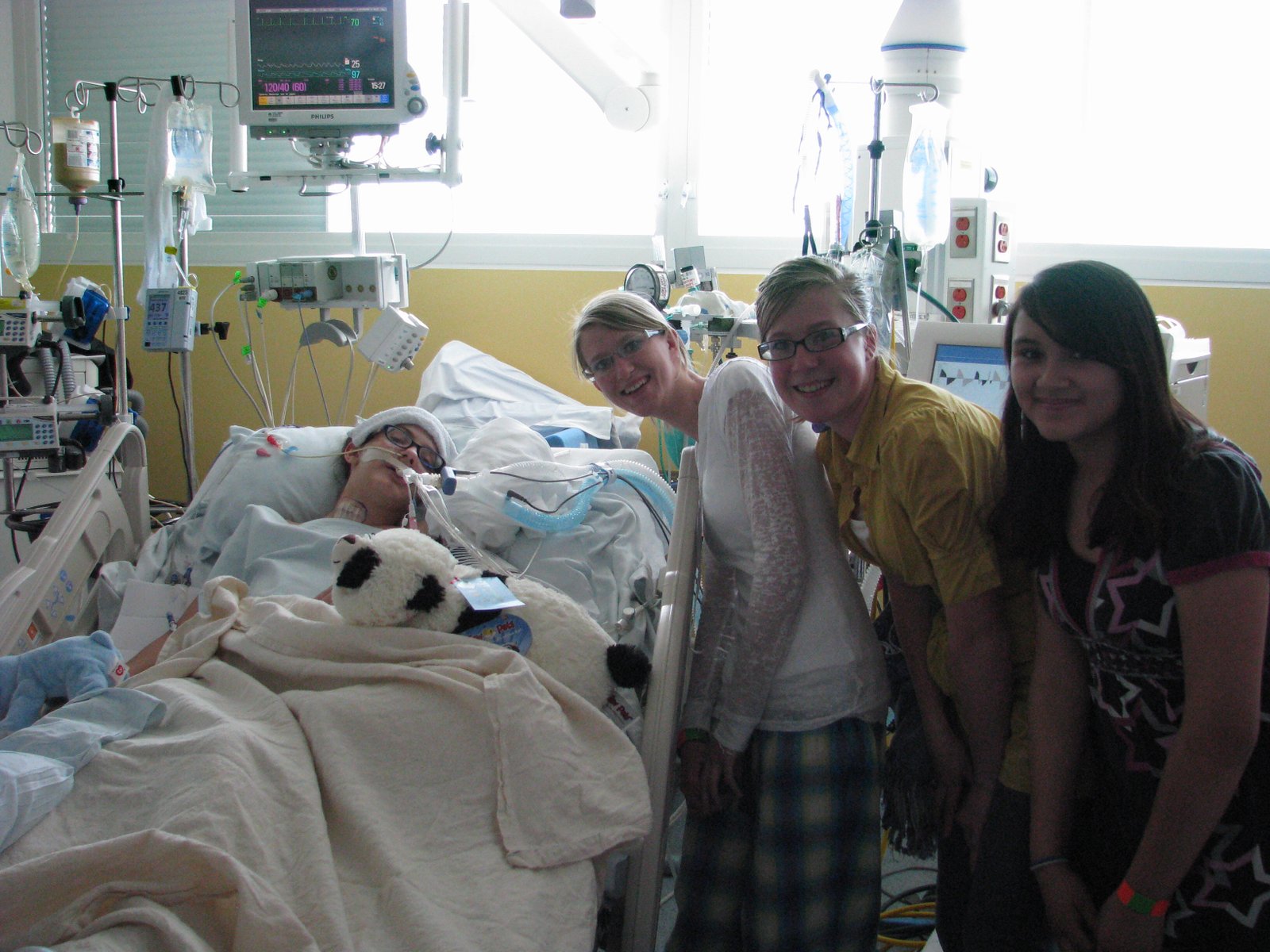 With the help of occupational therapists, we came up with an alphabet system to help us communicate with Kendra. We would say the alphabet and she would blink when we got to the letter she wanted. What a blessing it was to know that her mind was still good and she was still our brilliant and sweet Kendra! With her blinks, she would beg us, “Since I have been so good? Can I have a Jamba Juice?” It was so painful to have to say, “I’m sorry maybe later…” as she sat there pining for a sip of water or soda. Even one sip could put liquid in her lungs and cause pneumonia. I felt helpless, as a mother, not having more to offer Kendra than my prayers and support.
With the help of occupational therapists, we came up with an alphabet system to help us communicate with Kendra. We would say the alphabet and she would blink when we got to the letter she wanted. What a blessing it was to know that her mind was still good and she was still our brilliant and sweet Kendra! With her blinks, she would beg us, “Since I have been so good? Can I have a Jamba Juice?” It was so painful to have to say, “I’m sorry maybe later…” as she sat there pining for a sip of water or soda. Even one sip could put liquid in her lungs and cause pneumonia. I felt helpless, as a mother, not having more to offer Kendra than my prayers and support.
We listened intently to the monitors and rush for the charge nurse or doctor when her oxygen level got too low. It was so hard to imagine our star athlete, who enjoyed cross country and soccer, now was not even able to lift her head off her pillow. We learned the lesson yet again, that life really can change in a second. It took several months to finally get a tracheotomy, then learn how to talk, swallow, and breathe independently again. We were told by the respiratory nurse in the PICU that she would likely never be able to breathe without a “respiratory toilet,” an audible difficulty to clear the airway of phlegm. But, Kendra persisted and proved that prediction wrong.
Recovery
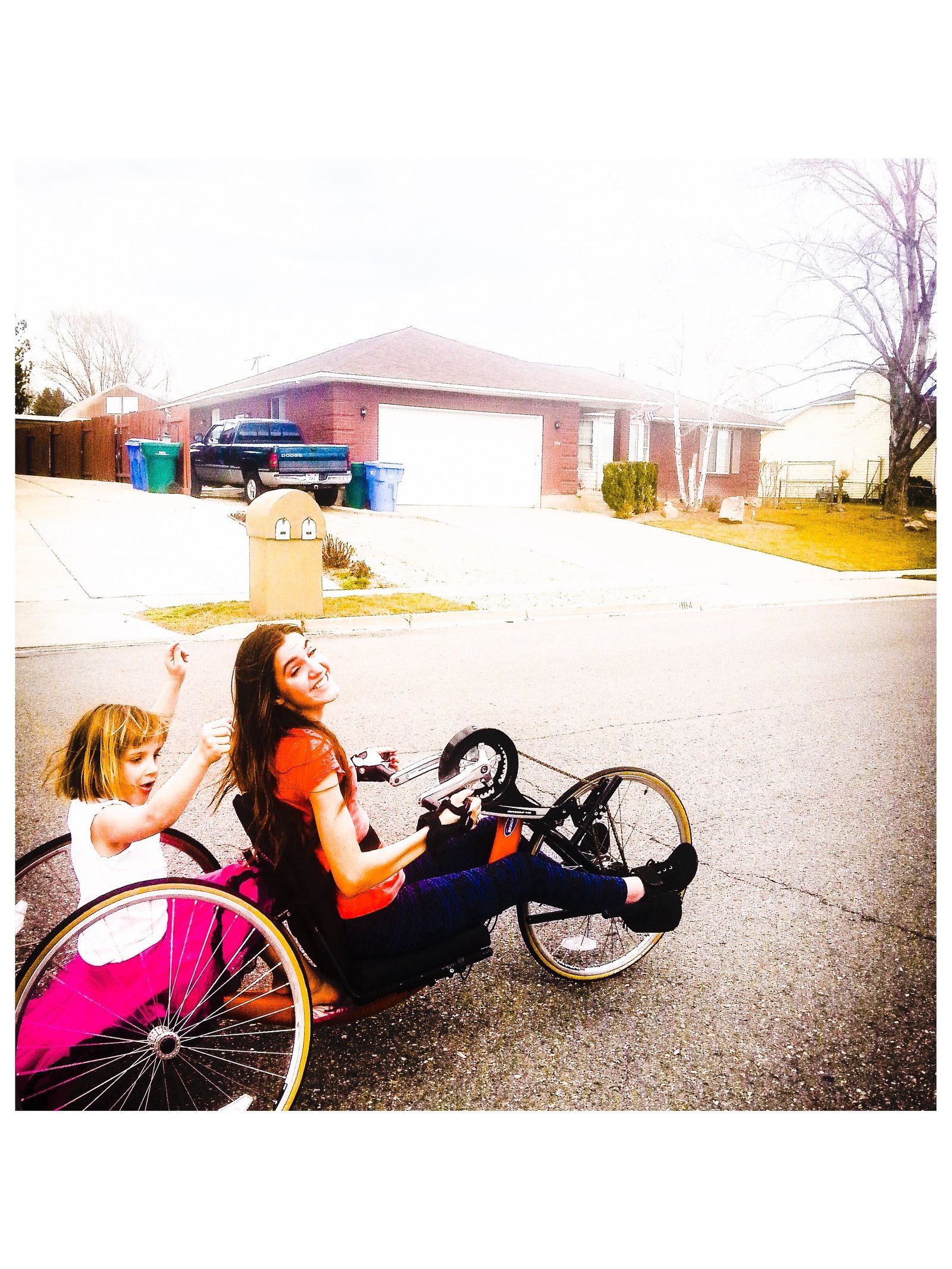 The Neurotrauma and Inpatient Rehabilitation teams encouraged her and pushed her to reach her goals every day. They never gave up on her and she grew stronger every day with their help. The staff at Primary Children’s did everything from keeping Kendra alive to letting her set her own goals, and then looking outside of the box to help her find a new way to live as independently as possible. Some of the many things they helped her learn to do were: sit up without fainting, how to breathe, eat and drink independently, how to balance her body in a chair, put on a shirt, put on mascara, brush her hair and teeth, write with paralyzed hands, use an I-pad to type, push a manual wheelchair without use of her hands or triceps, text and make phone calls, roll over on a mat, do pressure releases, go out in public with a wheelchair and a new body and keep her head up high. The Neurotrauma rehab team taught her more than just to use her body, they gave her the support she needed to confidently go out into the world and conquer the challenges that she would face.
The Neurotrauma and Inpatient Rehabilitation teams encouraged her and pushed her to reach her goals every day. They never gave up on her and she grew stronger every day with their help. The staff at Primary Children’s did everything from keeping Kendra alive to letting her set her own goals, and then looking outside of the box to help her find a new way to live as independently as possible. Some of the many things they helped her learn to do were: sit up without fainting, how to breathe, eat and drink independently, how to balance her body in a chair, put on a shirt, put on mascara, brush her hair and teeth, write with paralyzed hands, use an I-pad to type, push a manual wheelchair without use of her hands or triceps, text and make phone calls, roll over on a mat, do pressure releases, go out in public with a wheelchair and a new body and keep her head up high. The Neurotrauma rehab team taught her more than just to use her body, they gave her the support she needed to confidently go out into the world and conquer the challenges that she would face.
As her mother, I became aware of the blessings of life through this experience. Each breath was a miracle. Each swallow of food became a blessing. The wonder was how everything came into place to turn a tragedy into a new life and a new adventure. Has it been hard? Yes, very. It is all the little miracles that have turned our worst nightmare into an inspiring story. We give thanks to our Father in Heaven and to the many undercover heroes at Primary Children’s Hospital.
It truly takes an army of heroes to save lives. No one at Primary Children’s is dispensable. They all have a part to play and I honor each of them. They have told me the hard facts, “Your daughter will never walk again.” They have put up with my mother bear instinct when I was terrified for my daughter. They have wept with me and my daughter when that was the only way to communicate the depth of our sorrow. They have cheered on every success and have treated Kendra with the same love they would show their own child. We continue to come back and share with them the amazing progress she has made and they continue to love and support her. They have our hearts forever.
Looking Forward
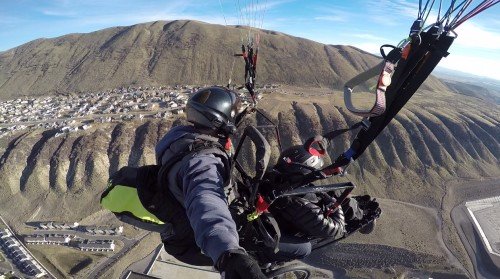 Kendra is now an SBO for Riverton High School and loves serving her school and community. She is called on to speak to many different groups and loves to encourage others to reach for the stars. She is still an athlete and plays wheelchair rugby, cart skis at Snowbird, and is currently training for a triathlon. She has recently been accepted to BYU and is grateful for the different scholarships she has been awarded. She plans on studying Health Sciences and then wants to go on to become a Radiologist.
Kendra is now an SBO for Riverton High School and loves serving her school and community. She is called on to speak to many different groups and loves to encourage others to reach for the stars. She is still an athlete and plays wheelchair rugby, cart skis at Snowbird, and is currently training for a triathlon. She has recently been accepted to BYU and is grateful for the different scholarships she has been awarded. She plans on studying Health Sciences and then wants to go on to become a Radiologist.
About the Author
Share This Article
Search Our Blog
Our Instagram
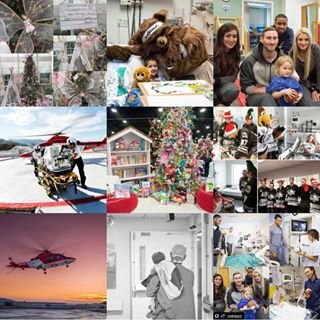 primarychildrens
210
Likes
1
Comments
primarychildrens
210
Likes
1
Comments
 primarychildrens
223
Likes
primarychildrens
223
Likes
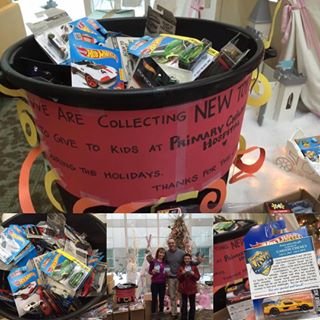 primarychildrens
249
Likes
2
Comments
primarychildrens
249
Likes
2
Comments
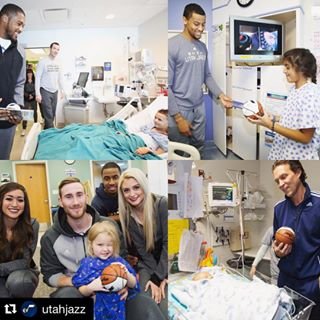 primarychildrens
401
Likes
5
Comments
primarychildrens
401
Likes
5
Comments
 primarychildrens
327
Likes
2
Comments
primarychildrens
327
Likes
2
Comments
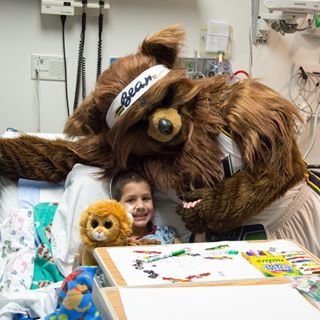 primarychildrens
306
Likes
8
Comments
primarychildrens
306
Likes
8
Comments
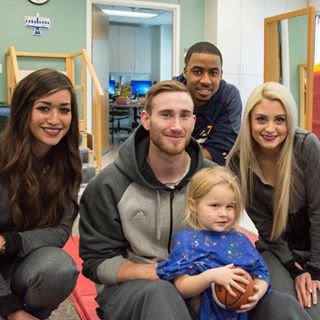 primarychildrens
149
Likes
primarychildrens
149
Likes
 primarychildrens
143
Likes
1
Comments
primarychildrens
143
Likes
1
Comments
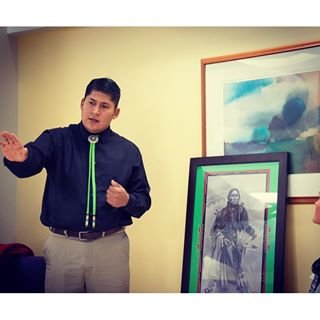
Recent Posts
- Pediatric Liver Transplant Program Celebrates 200 Lives Saved and 20 Years December 30, 2015
- Is it the Cold or the Flu? December 18, 2015
- Play it Safe Outside this Winter December 15, 2015
- 10 Tips for Choosing Safe Toys this Christmas + [Infographic] December 10, 2015
- The Air We Breathe: Protecting Your Kids During an Inversion December 3, 2015
Our Most Popular Posts
 Pediatric Liver Transplant Program Celebrates 200 Lives Saved and 20 Years 27 views
Pediatric Liver Transplant Program Celebrates 200 Lives Saved and 20 Years 27 views  Why Kids Shouldn’t Wear Bulky Coats in Car Seats 21 views
Why Kids Shouldn’t Wear Bulky Coats in Car Seats 21 views  First In Nation to Receive GE Revolution Low-Dose CT Scanner 20 views
First In Nation to Receive GE Revolution Low-Dose CT Scanner 20 views  Celebrating the First X-Ray and Radiology’s Contributions to Children’s Health Care 19 views
Celebrating the First X-Ray and Radiology’s Contributions to Children’s Health Care 19 views  How VEPTR Helps Patients with Thoracic Insufficiency Syndrom (T.I.S.) 19 views
How VEPTR Helps Patients with Thoracic Insufficiency Syndrom (T.I.S.) 19 views  Orthopedic Care by the Numbers 19 views
Orthopedic Care by the Numbers 19 views  On Childhood Cancer: Perspectives of a Pediatric Oncologist 19 views
On Childhood Cancer: Perspectives of a Pediatric Oncologist 19 views  “It Takes an Army of Heroes . . . ” A Parent’s Perspective on Tragedy 18 views
“It Takes an Army of Heroes . . . ” A Parent’s Perspective on Tragedy 18 views  Groundbreaking Research Studying Cancer in Elephants Spurs New Funding for Childhood Cancer 18 views
Groundbreaking Research Studying Cancer in Elephants Spurs New Funding for Childhood Cancer 18 views  A Guide to Flying with Special Needs Children 18 views
A Guide to Flying with Special Needs Children 18 views
Archives
- December 2015 (5)
- November 2015 (8)
- October 2015 (8)
- September 2015 (2)
- August 2015 (1)
- July 2015 (3)
- June 2015 (2)
- May 2015 (2)
- March 2015 (3)
- February 2015 (2)
- January 2015 (2)
- November 2014 (1)
- October 2014 (1)
- September 2014 (3)
- August 2014 (2)
- July 2014 (4)
- June 2014 (2)
- May 2014 (4)
- April 2014 (6)
- March 2014 (4)
- February 2014 (1)
- September 2013 (1)
- February 2013 (1)
- June 2012 (1)



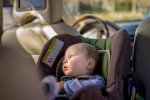
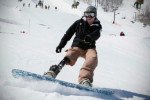












Add comment